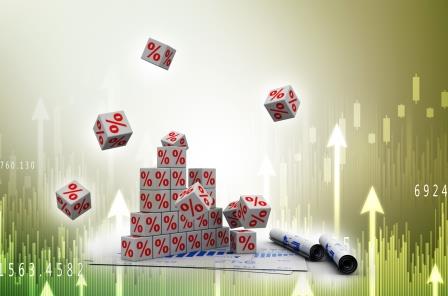2020 has made everyone a Technical Analyst
It can be said that the year 2020 has made anyone with a digital device an internet a technical analyst. Every one looked to be in a race to let the world know their next target for Nifty, and tweet them too, with an “I said so”.
But the same cannot be said, when it comes to option trading. It is still a mist that requires a conscious effort to wade through. For most beginners, option trading is an extension of stock trading, albeit with a higher ROI expectation. Towards this end, technical analysis helps a great deal by tempering your conviction about direction, but even for such naked trades, directional clarity does not take you over the line always.
The badminton game
The short term nature of an option strategy trade and the seesawing of profits and losses between the legs of the strategy, among many other aspects make an option trade draw comparisons to a badminton game. The fast nature of the game, the physical demands on the player, the instant decision making, et all, make it almost impossible to sell it to the public as easily as cricket can be sold to a person who may have not picked up even a willow ever. And this also explains the rise and rise of Dream11 and why there is not as much literature on badminton as there is on cricket.
I have observed that a badminton player’s command over the game has three dimensions. The first lets you compete without having to gulp down your pride, the second gives you the edge, and the third makes you a winner.
To compete, you need to have:
1. Good footwork to bring you to the right spot where you can make your best play.
2. The strength and dexterity for both smashes as well as net play.
To get ahead, you need to have:
1. Skills that give you an edge.
2. A good racquet that does all your arm’s biddings, and good shoes that gives a confidence to your footwork.
Now, to emerge a winner, and to do that over and again, you need to:
1. Take decisions and execute them as error free as possible, in quick succession, and
2. Have the stamina to stay in the game, and at your best, long enough to spot a weakness in the competitor’s game.
These are, what I would like to call the technical parts of the game, because most of these can be improved with practice, and in the case of accessories, you can choose to buy whatever enhances your performance. Having a command over these technical parts, lets you play the percentage game, thereby achieving a fair consistency at that.
Similarly, option trading is also a percentage game, and the success of an option trader vests on how well he deals with the following technicalities:
1. Establishing the ongoing trend.
2. Gauging the extent of near term volatility.
3. Option greeks
4. Time left to expiry.
5. Choice of strikes.
6. Choice of strategy.
7. Choice of instrument.
8. The profit that you would be contend with, and the risk you are willing to put up with, for such gain.
Peripheral vision
While a percentage game improves the likelihood of more wins, it is an easily replicable strategy at the advanced level, which means they cease to be competitive advantages, although while being every bit necessary. At such a level, victories often boil down to how good a peripheral vision you have, of the layout of the court at all times, and more importantly court awareness. This enables you to not only call correctly on service errors and line outs, but also help you squeeze out of tough situations, and push competitors to tough angles. You could call this judgement. In the option space, judgement refers to having a fair understanding of the event set up, timing the event-based entry to be in sync with the expiry of the contract, and the ability to respond to changes in the trade set up. Where does this ability to respond come from? In badminton, you have the best peripheral vision, when your head is in the right place to size up the next shot, and that means lot of onus is also on the feet too. For an option trader to be agile enough to respond adequately to emerging opportunities or crisis, the least he should have is the right position size to start with, and be in the right frame of mind.
Often, this “judgement” is what helps an option trader end up with a larger profit than what the technical parts added up to. Or end up with a much smaller loss than the theoretical one, when things go wrong. Thus, option strategies are poised to perform the best, when they are treated as a percentage game at the entry point, but begins to perform when judgement enhances the scaling or repairing decisions.










